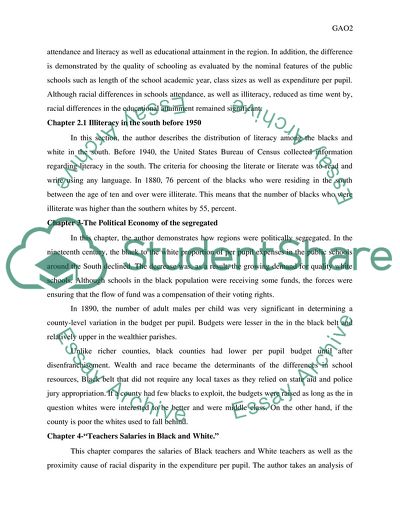Cite this document
(Race and Schooling in the South 1880-1950 Book Report/Review, n.d.)
Race and Schooling in the South 1880-1950 Book Report/Review. Retrieved from https://studentshare.org/macro-microeconomics/1869749-american-economic-history-class-book-review-assigment
Race and Schooling in the South 1880-1950 Book Report/Review. Retrieved from https://studentshare.org/macro-microeconomics/1869749-american-economic-history-class-book-review-assigment
(Race and Schooling in the South 1880-1950 Book Report/Review)
Race and Schooling in the South 1880-1950 Book Report/Review. https://studentshare.org/macro-microeconomics/1869749-american-economic-history-class-book-review-assigment.
Race and Schooling in the South 1880-1950 Book Report/Review. https://studentshare.org/macro-microeconomics/1869749-american-economic-history-class-book-review-assigment.
“Race and Schooling in the South 1880-1950 Book Report/Review”, n.d. https://studentshare.org/macro-microeconomics/1869749-american-economic-history-class-book-review-assigment.


